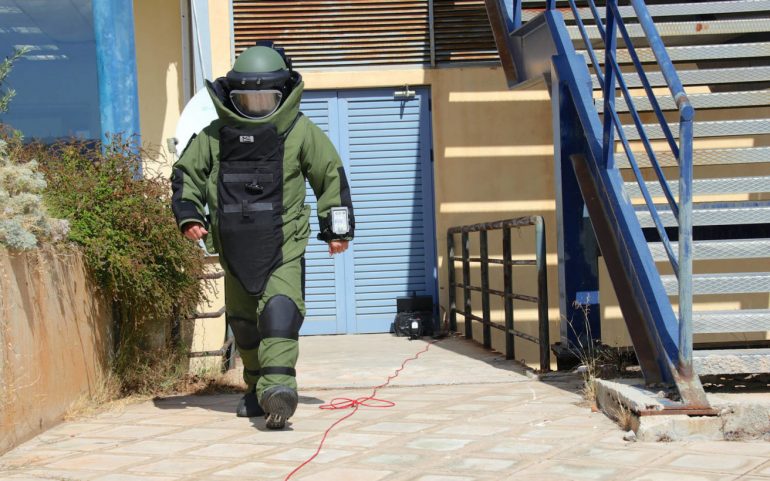They have collected and examined the remains of her bombs 17N, of the Conspiracy of Nuclei of Fire, of Revolutionary struggle, while at the risk of their lives they have been called upon to defuse bombs and improvised explosive devices that terrorist organizations have placed in public buildings and public figures from time to time.
They are the invisible heroes in huge green costumes and helmets reminiscent of protagonists in Hollywood movies when in fact they acrobatic between life and death every time they stand on top of a bomb in order to disarm it.
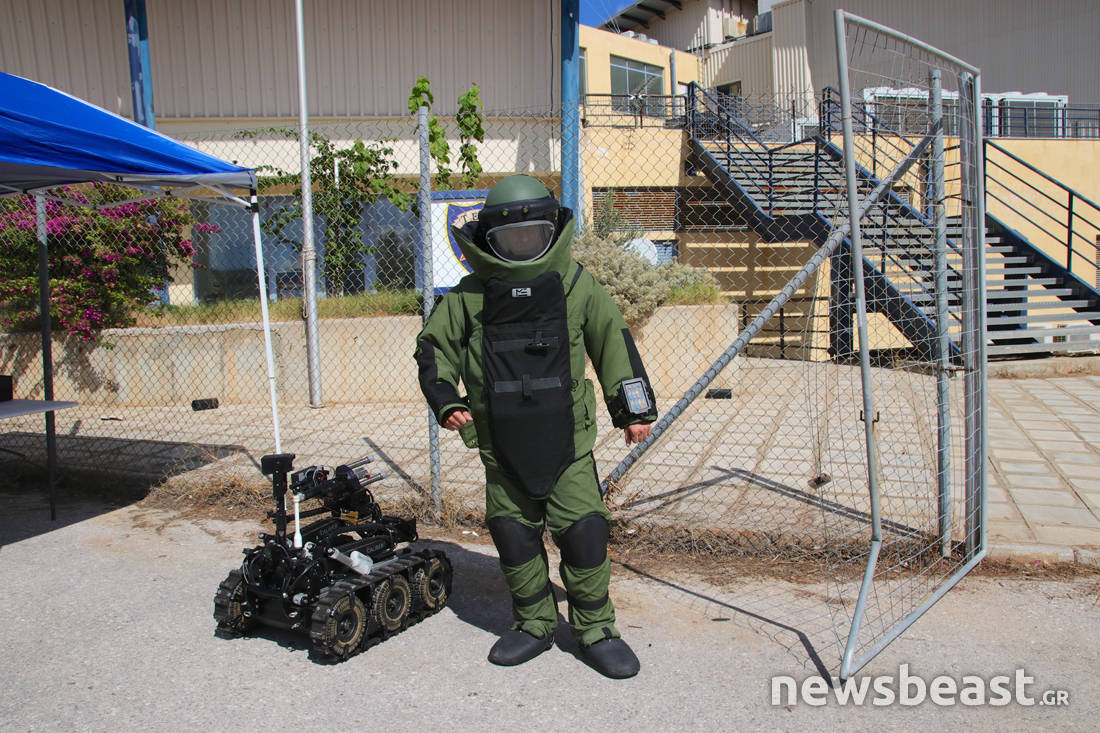
The reason for the selected men of the Explosive Ordnance Disposal Department Of the Greek Police, who are called to solve the puzzle after each terrorist act, to study the wiring of the explosive device and to decide which terrorist organization is hiding behind it.
Newsbeast.gr entered the "sanctuaries" of the Explosive Ordnance Disposal Department and recorded a realistic bomb disposal scenario.
He recorded the movements of the pyrotechnicians who, at the risk of their lives, headed towards the bomb and, of course, the controlled explosion that followed.
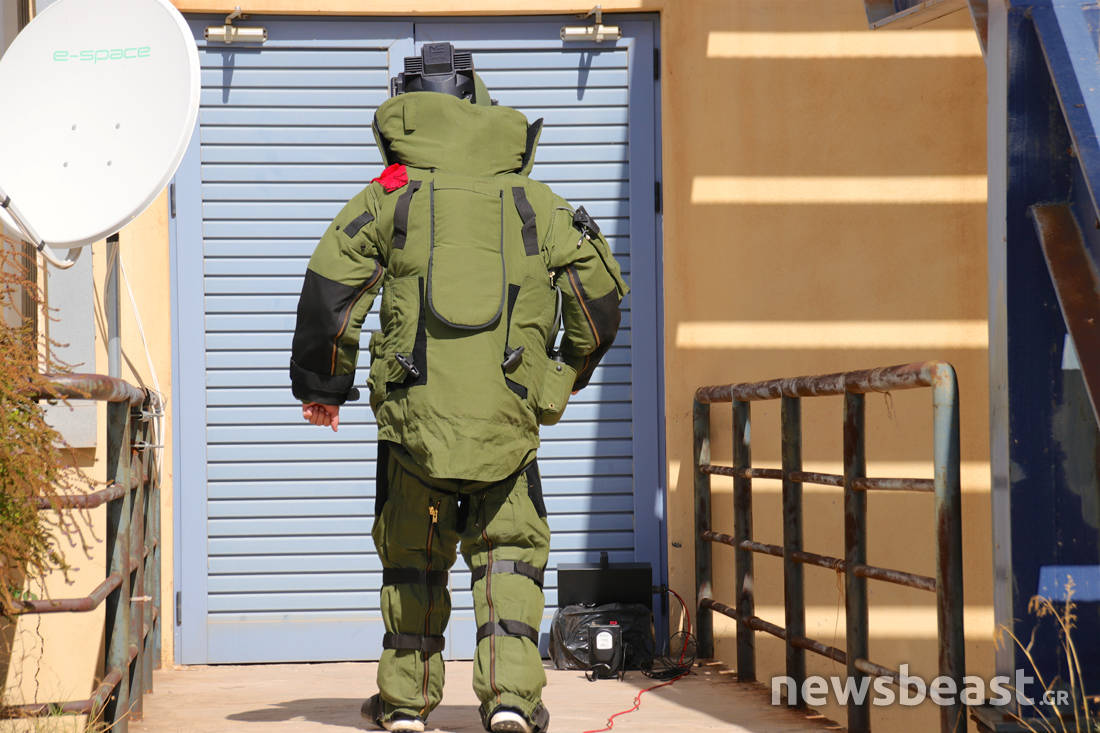
Perfect training, strong nerves and absolute composure are the triptych of the pyrotechnician as he walks towards the "point 0" and feels his heartbeat synchronize with the beats of the explosive device.
At a time when the dividing line between life and death is so thin that, by a small mistake, it can be cut.

"The pyrotechnician will surely think of his loved ones, his family, his children, his friends as he heads for the bomb.
At the critical moment, however, he must manage his fear through training and act in the best possible way, "confesses the commander of the pyrotechnics service based in Markopoulo, Attica, whose name we do not mention for obvious reasons.

The script involved placing a suspicious object inside a nylon black garbage bag, which an unknown person had left outside the back door of a public building.
According to the script, the building's employees, as soon as they located it, notified the police, who, after first blocking the spot and evacuating the building for security reasons, called the selected team of pyrotechnicians to examine whether they found out that it was a bomb to neutralize it.

The countdown to the realistic scenario we recorded has just begun. The pyrotechnician has reached the spot and is called to examine the suspicious object to determine if it is a bomb.
With absolute composure, with steady small steps and always wearing his special uniform, he approaches the bag.
His first action is to x-ray it to see exactly what it contains, with a special machine that places it on the suspicious object.
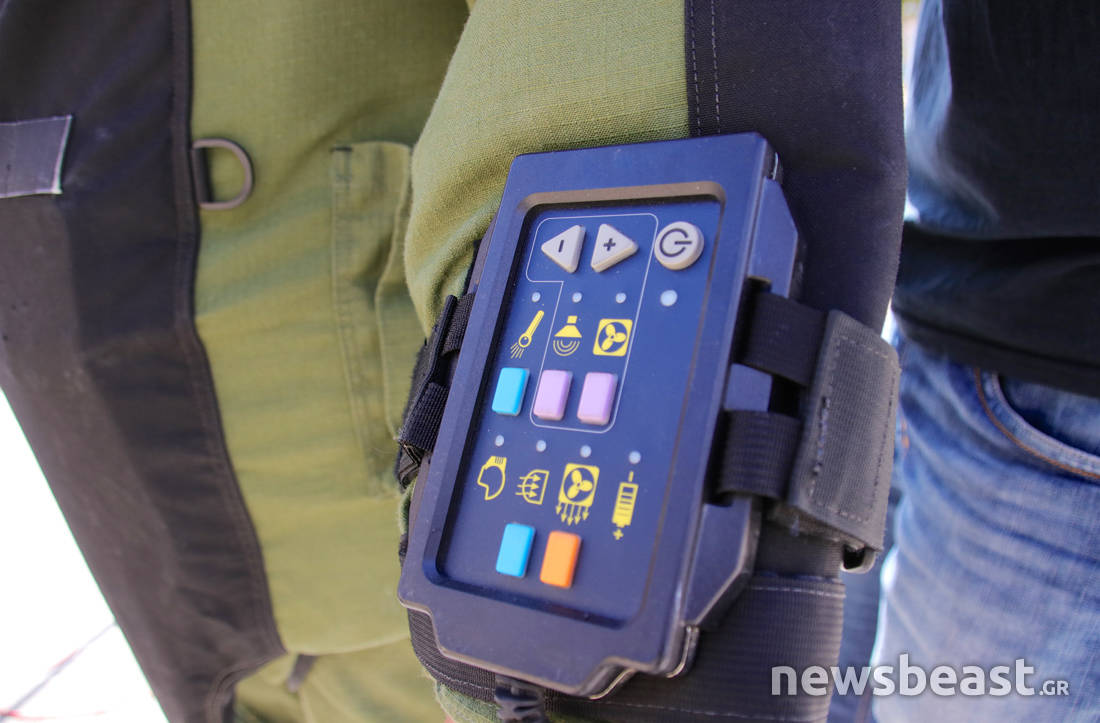
Then on the screen of a computer he sees and examines the result of the X-ray to determine if there is a bomb circuit, cables, battery inside the object, explosive, detonators.
If it considers that it is an explosive device, it is called to make a second approach of the object in order to carry out its disintegration as it is typically called, ie its neutralization.
Once the pyrotechnician makes the crucial decision that a split must follow, the time to defuse the bomb goes in the opposite direction.
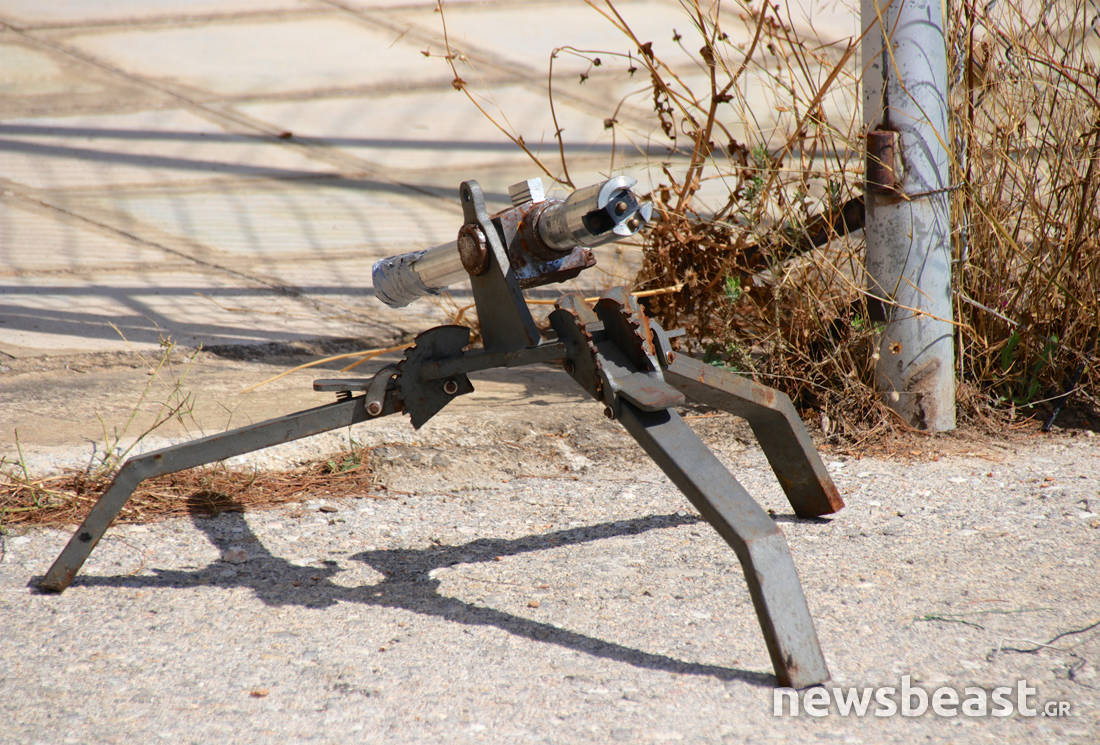
The decomposition is done by a special cannon called a splitter which is placed by the pyrotechnician next to the bomb.
When everything is ready, the pyrotechnician slowly but always has his eyes on the bomb moves away for security reasons from the point where the explosion will take place.
All that remains is for the second pyrotechnician of the team to give the signal for the controlled explosion that will follow: "controlled explosion in 3… 2… 1… fire".

The detonation takes place and the circuit that activates the bomb has just been detonated.
But his job pyrotechnician not finished. It will take a third approach to make sure that the bomb was defused successfully and to collect the remnants of the device that will be taken to the laboratory for testing.

"A basic rule in cases where a controlled explosion of objects takes place, is to take all necessary safety measures without of course ensuring that the risk of a bomb explosion can be completely ruled out," explains the commander of the pyrotechnics service.
A very important role in this is played by the special uniform worn by the pyrotechnician as it has metal plates on the front which are able to protect it from fragments, of course up to a certain limit.
Assistant in the effort of the pyrotechnicians is the special robot that the service has and if necessary transports the explosive device to a safe place in order to follow the controlled explosion.

The Explosive Ordnance Disposal Department of the Hellenic Police was established in 1987 and its mission is to identify, collect and neutralize explosive devices and improvised explosive devices.
It is staffed by volunteer police officers who are selected with strict criteria and are constantly trained.
The Service has modern technological equipment such as robots, remote-controlled vehicles, anti-bomb uniforms, metal detectors of various types, explosive detectors and radiographs.
Units of the team are located in addition to Athens and Thessaloniki and in major provincial cities of Greece.

The first explosive device sent to a public figure in Greece was in the late 70s. and was sent as a gift to the office of the then Minister of National Defense Evangelos Averoff.
The explosive device was placed inside a pack of cigarettes and its connection consisted of a battery, a lamp and two wires which were placed in such a way inside the package that as soon as it was opened it exploded.
